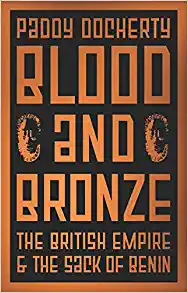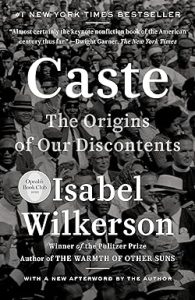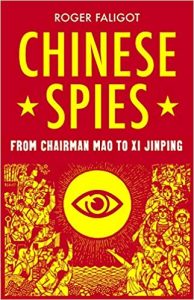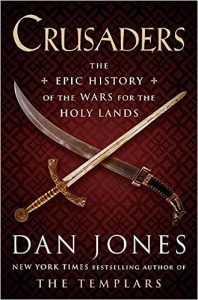Black Ghosts
₦10,000.00China today is both a land of opportunity for Africans blocked from commerce with most of Europe and Northern America, and an intersection of racism and prejudice.
Noo Saro-Wiwa goes in search of China’s ‘Black Ghosts’, African economic migrants in the People’s Republic, who live in clustered communities and are involved in the small-commodity trade between the continents. Her fascinating encounters include a cardiac surgeon, a drug dealer, a visa overstayer and men married to Chinese women who speak English with Nigerian accents.
















